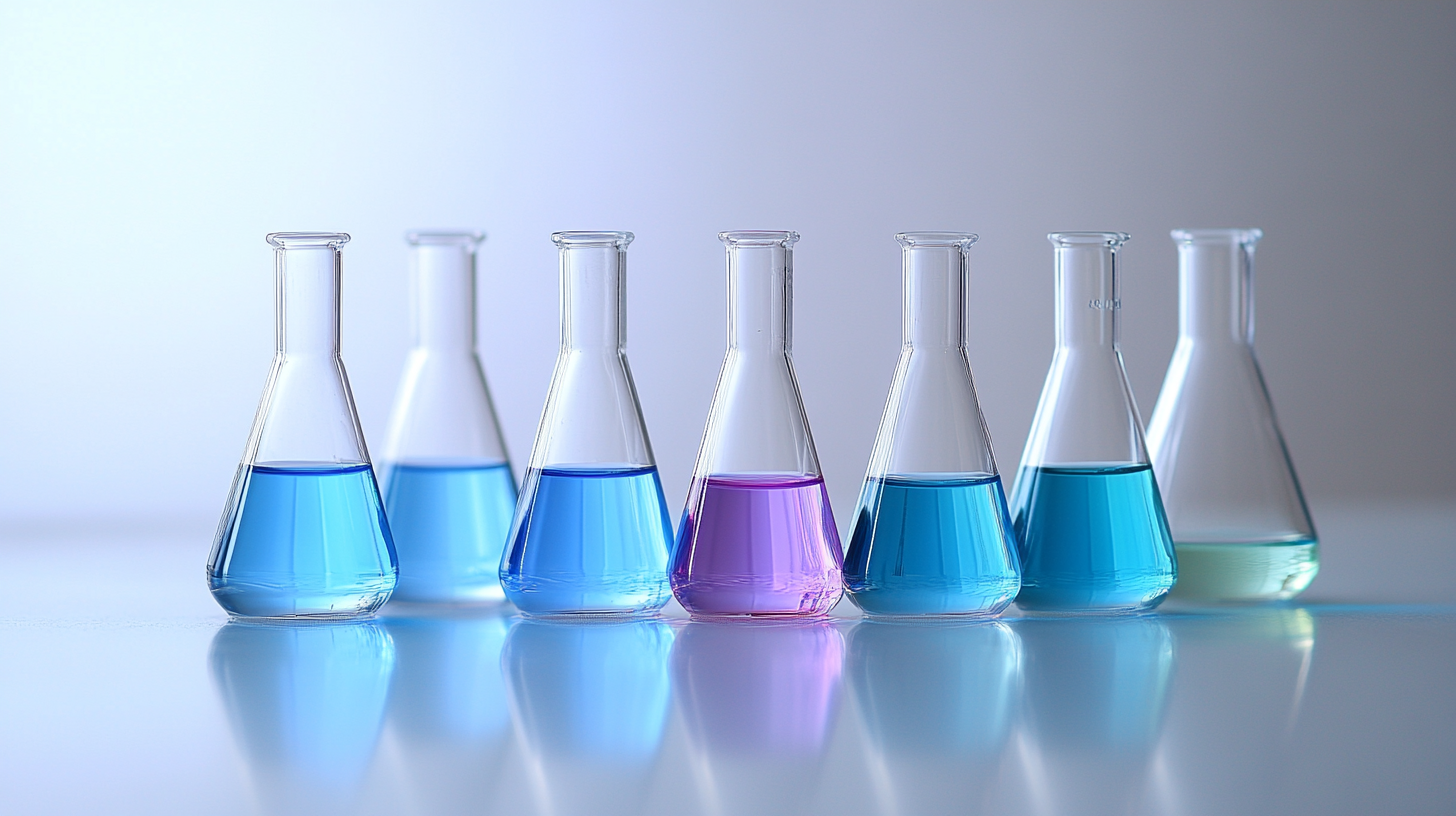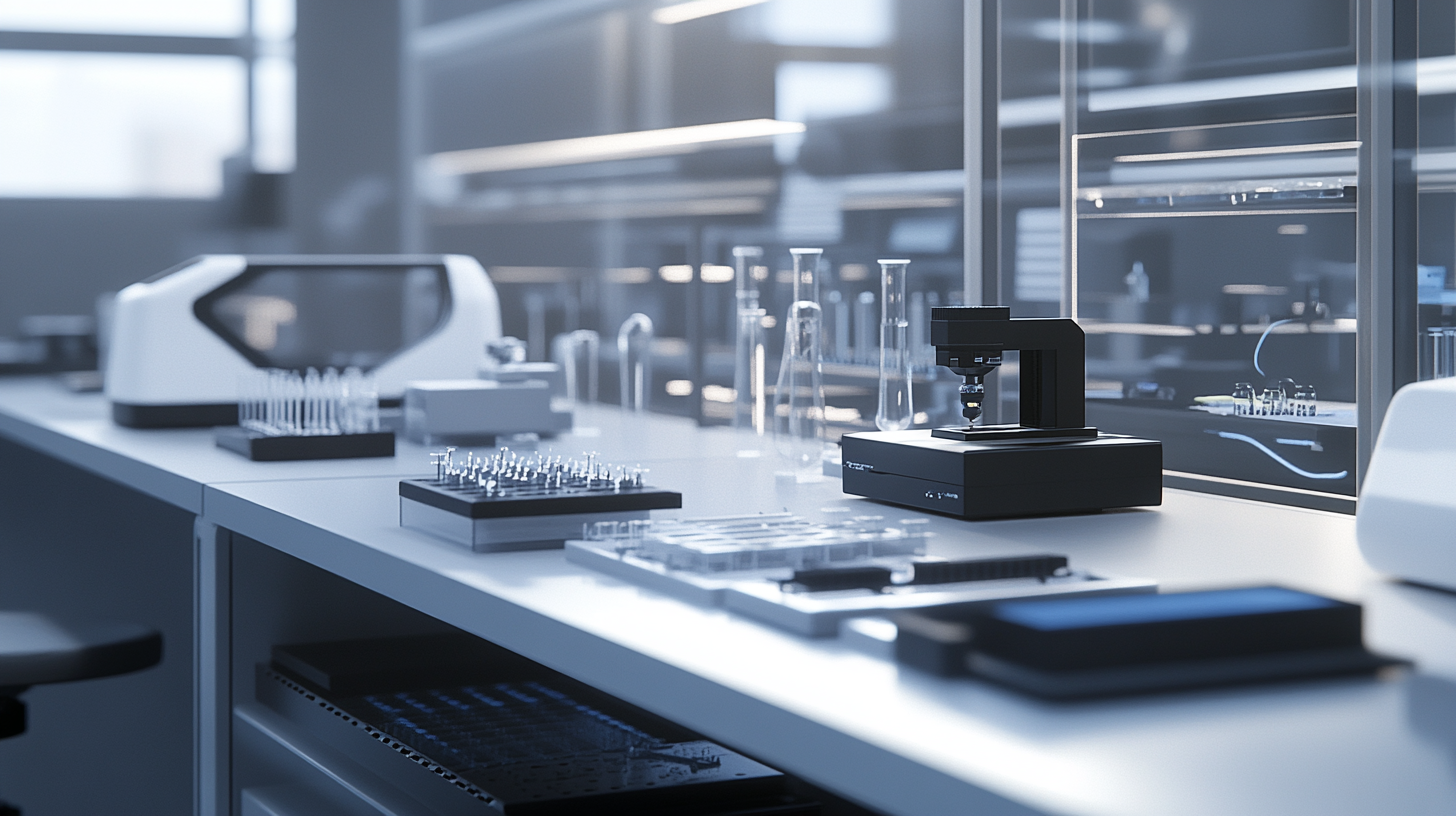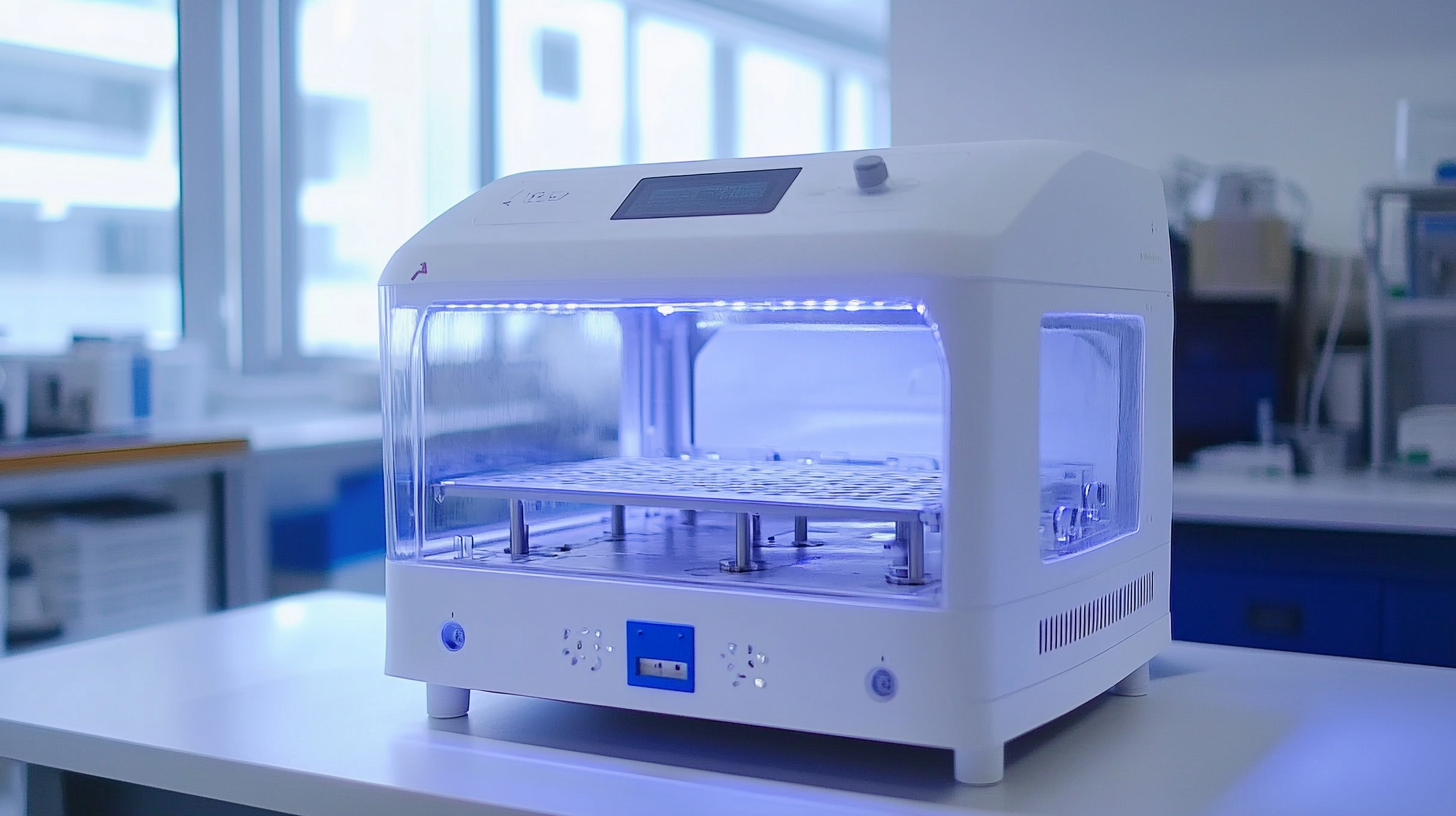

Transforming Scientific Workspaces: The Evolution of Small Lab Equipment in Global Procurement
In the realm of scientific research, the importance of efficient and reliable small lab equipment cannot be overstated. As labs around the world continuously strive for innovation and productivity, the evolution of this essential equipment has become a focal point in global procurement practices. From diagnostic tools to precision instruments, the shift towards advanced small lab equipment is reshaping how research and experiments are conducted. This transformation not only facilitates enhanced performance but also encourages collaboration and accessibility within the scientific community.
As we delve into the various aspects of this evolution, we will explore how advancements in technology, increasing demand for rapid results, and the intricacies of procurement strategies have influenced the design and distribution of small lab equipment. By examining these trends, we aim to highlight the significant impact that modern small lab equipment has on fostering scientific breakthroughs and improving laboratory efficiency, thereby paving the way for a more effective and interconnected research environment.

The Historical Journey of Small Lab Equipment in Scientific Research
The evolution of small lab equipment has significantly influenced the trajectory of scientific research, marking a historical journey that reflects broader shifts in technology, safety standards, and procurement strategies. In the early 20th century, small lab tools such as pipettes, microscopes, and spectrophotometers were crafted primarily for individual research needs, with limited availability and high costs, which restricted their widespread use. However, a surge in scientific inquiry during the mid-1900s led to an increase in demand for precision and efficiency in laboratories, catalyzing advancements that made these tools more accessible to researchers around the globe. A pivotal report by the Global Laboratory Equipment Market indicates that the small lab equipment sector is projected to reach a valuation of approximately $25 billion by 2026, highlighting not only the growth in demand but also an increased focus on digitalization and automation within research environments. Innovations such as smart pipettes and automated sample analyzers are reshaping how experiments are conducted, allowing scientists to achieve higher accuracy and reproducibility. Furthermore, the establishment of global procurement networks has enabled institutions to source high-quality equipment at a fraction of previous costs, fostering a more equitable scientific landscape. Moreover, the impact of regulatory changes and sustainability concerns cannot be overstated. The introduction of stringent safety regulations has driven manufacturers to invest in the development of smaller, safer, and more efficient instruments. The demand for environmentally friendly materials and energy-efficient designs is reshaping the lab equipment market, encouraging a shift towards circular economy principles. As we look ahead, the ongoing evolution of small lab equipment promises to enhance scientific productivity and innovation, reflecting the dynamic nature of global research endeavors.

Emergence of Global Procurement Strategies in Laboratory Supply Chains
In the realm of laboratory supply chains, the impact of global procurement strategies has become increasingly significant, particularly in light of recent disruptions such as the war in Ukraine. This conflict has exacerbated existing vulnerabilities within supply chains, compelling organizations to rethink their sourcing strategies. Industries reliant on critical components, including small lab equipment, are facing unprecedented challenges, which highlight the necessity for agile and resilient procurement practices.
As companies pivot towards nearshoring to mitigate risks, the focus on sourcing equipment closer to production sites is gaining momentum. This strategy not only addresses immediate supply chain disruptions but also positions organizations to prepare for future uncertainties. By shortening supply chains and reducing dependency on distant suppliers, laboratories can enhance their operational agility and responsiveness to changing market conditions.
Moreover, the integration of advanced technologies, including artificial intelligence, is revolutionizing procurement processes. Organizations are leveraging AI to predict supply chain disruptions and optimize inventory management, ensuring that critical laboratory supplies are readily available. As global procurement strategies evolve, the emphasis on resilience, sustainability, and technological integration will shape the future landscape of laboratory supply chains. Embracing these changes is essential for laboratories aiming to thrive in a dynamic and often unpredictable global environment.

Innovative Technologies Driving the Transformation of Lab Equipment
In recent years, the landscape of scientific research has undergone a remarkable evolution, significantly driven by innovative technologies that are reshaping lab equipment. The integration of artificial intelligence (AI) and machine learning is at the forefront of this transformation, enhancing the capabilities of lab tools and redefining the workflows of researchers. These technologies facilitate high-throughput experiments and optimize algorithms, enabling scientists to accelerate discoveries and enhance accuracy in their work. As a result, the efficiency and efficacy of laboratories are increased, providing researchers with a competitive edge in a fast-paced scientific environment.
Moreover, the digital disruption within the scientific community has led to the emergence of integrated laboratory systems that streamline operations through automation. Conferences focused on lab automation showcase groundbreaking advancements that aim to simplify complex procedures and reduce manual errors. This integration not only optimizes resources but also promotes sustainable practices by minimizing waste and energy consumption in laboratories. The continuous development of innovative approaches in lab automation underscores the importance of technology in keeping pace with the evolving demands of science.
These advancements are particularly crucial in emerging economies, where challenges exist in biomedical research and health innovation. The adoption of cutting-edge technologies allows for enhanced capabilities in diagnostics and therapeutic procedures, ultimately aiming for improved healthcare outcomes. As manufacturers recognize the need to prioritize innovation in their product offerings, the collaboration between technology firms and research institutions will pave the way for a future where scientific workspaces are more efficient, adaptable, and equipped to meet the challenges of tomorrow.

Challenges and Solutions in Acquiring Small Lab Equipment Globally
The acquisition of small lab equipment globally presents a unique set of challenges, particularly in the context of an increasingly interconnected world. As scientific research intensifies, institutions find themselves at the mercy of global supply chains that can be disrupted by political upheaval, pandemic events, and economic shifts. For instance, the lingering effects of the COVID-19 pandemic have highlighted vulnerabilities in procurement processes, forcing laboratories to rethink their strategies for sourcing essential equipment efficiently. Reliable suppliers must navigate these complex environments, balancing cost, quality, and timely delivery amidst growing demands.
Innovation plays a critical role in overcoming the obstacles associated with procuring small lab equipment. As technology advances, robust platforms that leverage Internet of Things (IoT) capabilities emerge as vital tools for managing inventories and operational workflows. By utilizing data-driven approaches, laboratories can optimize their procurement activities, ensuring they remain agile and adaptive to the fluctuating market conditions. Furthermore, maintenance of sensitive equipment, such as ultra-low temperature freezers, is crucial. Implementing regular upkeep procedures can mitigate the risks of equipment failure, ultimately safeguarding research continuity.
In addition, global disparities in industrial capabilities pose further challenges for equipment acquisition. As emerging markets strive to enhance their scientific infrastructures, they often encounter difficulties in accessing the latest technologies, which can stymie local research initiatives. Policymakers and industry leaders must collaborate to address these gaps, ensuring that advances in small lab equipment are accessible to all, regardless of geographic or economic constraints. By fostering an inclusive approach to global procurement, the scientific community can create a more equitable landscape for research and innovation.
Future Trends in Small Lab Equipment and Their Impact on Scientific Workspaces
The landscape of scientific workspaces is rapidly changing, largely driven by advancements in small lab equipment and evolving procurement strategies. As industries embrace digital transformation, reports indicate that the global lab equipment market is projected to reach $49.5 billion by 2027, highlighting the increasing importance of efficient, compact, and user-friendly instruments in research environments. This growth reflects a critical shift towards more flexible lab spaces, where innovative equipment enhances workflow efficiency and collaboration among scientists.
Future trends in small lab equipment are poised to reshape the scientific workspace significantly. Automation, miniaturization, and connectivity are at the forefront of this evolution. For example, the integration of Internet of Things (IoT) technologies allows for real-time monitoring and analytics, which can improve not only productivity but also the accuracy of experiments. According to a recent study, laboratories that incorporate smart technologies can reduce operational costs by up to 30%, a compelling statistic for institutions aiming to optimize their budgets while maintaining research quality.
Moreover, sustainability is becoming a key focus in the procurement of small lab equipment. As laboratories strive to meet environmental requirements, the demand for eco-friendly, energy-efficient instruments is surging. Reports suggest that sustainable lab equipment can reduce energy consumption by up to 50%, making them not only cost-effective but also aligned with global efforts to combat climate change. This trend indicates a transition towards greener practices in scientific research, which can profoundly impact how labs operate and procure their necessary tools moving forward.






